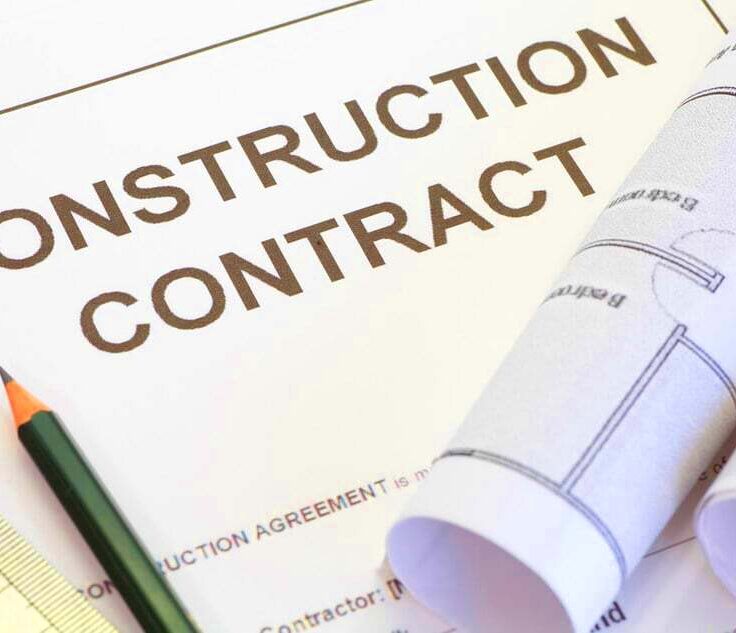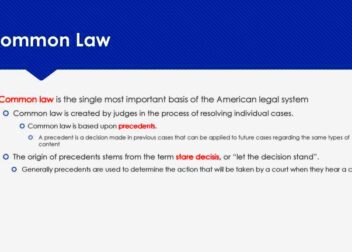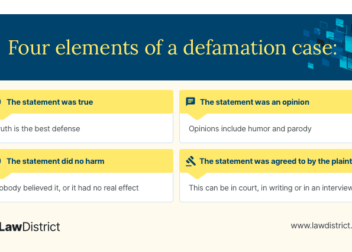Common Law Indemnification in New York Explained
Common law indemnification is an age old legal idea that holds one party accountable for covering the damages or losses suffered by another party. This principle typically applies in cases where someone is being sued for something they didn’t directly cause but could still be deemed responsible due to their connection with the party primarily at fault. It’s similar to when a friend of yours gets into trouble and even though your involvement is indirect you find yourself partially accountable for their situation.
In New York the whole idea of common law indemnification can get pretty tricky. Its shaped by different laws and court rulings over time. Its not merely an abstract notion but something that can have tangible financial consequences. For example if you’ve ever had to lend a hand and assist with a payment or a debt that wasn’t solely yours but you felt obligated to take care of you’ve witnessed a type of indemnification at play.
How Common Law Indemnification Works in New York
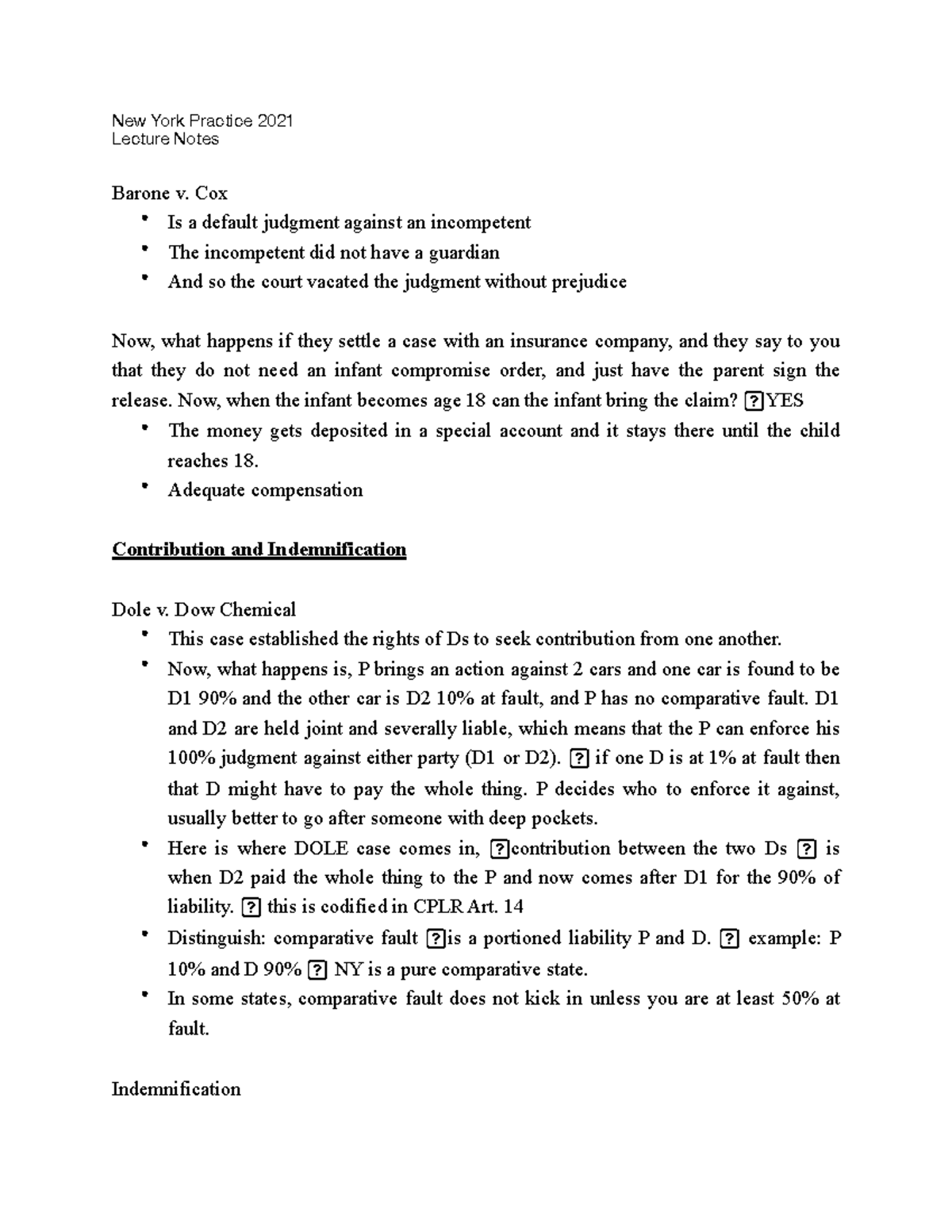
In New York the concept of indemnification based on common law works like this if one party’s actions or negligence indirectly cause damages another party may be held responsible for covering those losses. This comes into play, during contract and tort disputes. For instance if you’re a subcontractor on a project and a mistake by your team leads to damages the main contractor may seek indemnification to cover those expenses.
Let me break it down for you in simpler terms
- Primary Liability: The party primarily responsible for the damage or loss is identified.
- Secondary Liability: The indemnifying party is deemed secondarily liable, often due to their contractual relationship or other legal obligations.
- Claim Process: The party seeking indemnification must prove that they were not primarily at fault and that indemnification is warranted.
For instance if a property owner in New York faces a lawsuit because a tenant gets injured due to a maintenance problem and they can show that there was a contract in place with a maintenance service to handle such matters the landlord might pursue compensation from that company.
Key Factors Affecting Indemnification Claims
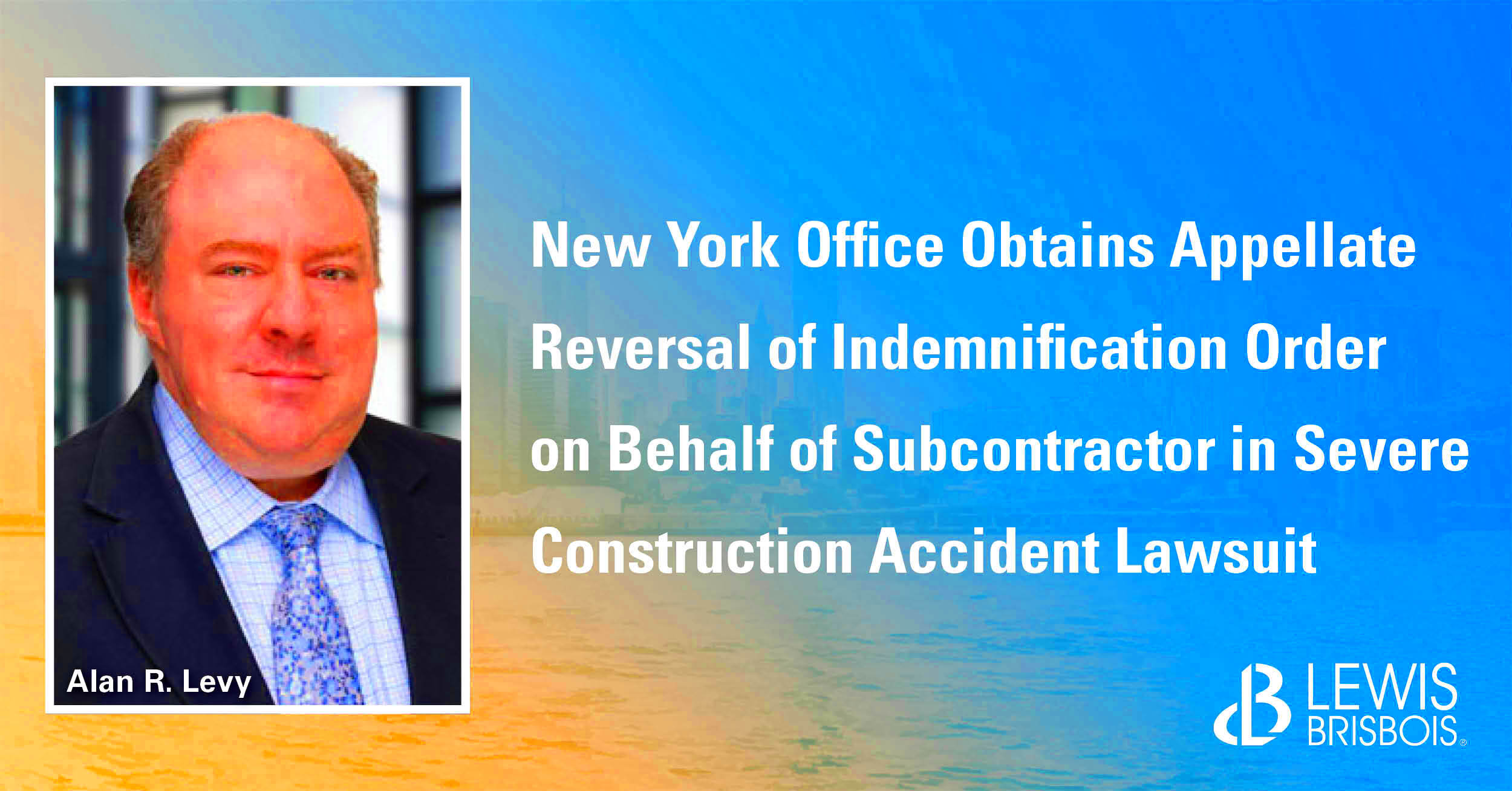
There are various elements that can influence the results of indemnification claims in New York. By grasping these factors you can better navigate the intricacies of such cases. Here are important points to keep in mind,
- Contractual Agreements: Many indemnification claims stem from specific clauses in contracts. A well-drafted contract will clearly outline indemnification terms. If the contract is vague, disputes may arise over the extent of indemnification.
- Proof of Liability: The party seeking indemnification must demonstrate that they were not primarily at fault. This often involves providing evidence that shows the indemnifying party’s negligence or failure to uphold their duties.
- Jurisdictional Nuances: New York has its own set of legal precedents and statutes that influence how indemnification claims are handled. Being aware of these local legal nuances can make a big difference.
- Insurance Coverage: In some cases, indemnification might be affected by existing insurance policies. It’s essential to review how insurance interacts with indemnification claims.
Based on what I’ve witnessed clients can be surprised by these elements. A carefully written agreement strong supporting evidence and knowledge of the laws in your area can determine the outcome of an indemnification case. Its crucial to consult legal professionals to ensure you’re well prepared.
Examples of Common Law Indemnification Cases
To really understand common law indemnification it’s useful to examine examples from real life. These instances demonstrate how indemnification works in different situations. Each case showcases aspects of indemnification revealing how this concept is applied in various contexts.
Let’s take a look at a situation where a property owner and a contractor are involved. Imagine the contractor is brought on board for a renovation but accidentally ends up causing extensive damage to the property. If a third party sues the property owner for these damages they might turn to the contractor to cover the costs. The contractors responsibility to indemnify comes into play here because the damage happened as a result of their work even if the property owner wasn’t directly responsible for it.
A situation in the field of employment law serves as another illustration. Picture a scenario where an employee faces a lawsuit for harassment allegations while carrying out their work responsibilities. If the employment contract includes an indemnification provision the company could take care of the expenses and damages as long as the employee was acting within the boundaries of their role.
In an alternative situation a company owner dealing with product liability issues might look to get compensated by a vendor. If the vendor supplied a part that was faulty causing the liability issue for the company the owner could seek reimbursement from the vendor according to their agreement terms.
These instances highlight the adaptability of indemnification and its ability to transfer financial liability depending on the terms of contracts and legal connections.
Responsibilities of Parties in Indemnification Agreements
Indemnification agreements specify the obligations of all parties involved making sure that everyone knows what their role is in case something goes wrong. These agreements play a role in determining who will be responsible for covering costs in the event of disputes or claims. Lets take a closer look at the usual responsibilities outlined in these agreements.
To begin with there’s the duty of the party providing indemnity. This party commits to bearing specific expenses such as legal costs and damages if they stem from the actions outlined in the contract. For example if a contractor’s carelessness leads to property damage it is their obligation to handle the expenses in accordance with the terms of the agreement.
The party being indemnified also has some duties to fulfill. They should,
- Notify Promptly: Inform the indemnifying party about any claims or damages as soon as they arise. Delayed notification can sometimes complicate the indemnification process.
- Provide Evidence: Supply relevant documents and evidence to support the claim for indemnification. This can include contracts, correspondence, and proof of damages.
- Minimize Damages: Take reasonable steps to mitigate the damages and losses. This shows good faith and can sometimes influence the outcome of the indemnification claim.
Based on my own experience I’ve found that effective communication and thorough contracts are crucial. Ambiguities or unclear language can result in conflicts, making it important to have indemnity agreements that are both detailed and accurate.
Challenges in Pursuing Indemnification in New York
Seeking compensation in New York can be a process that comes with its fair share of obstacles. These obstacles can impact the outcome of your claim and often necessitate a approach. Lets delve into some of these challenges to gain a clearer insight into what you may encounter.
Navigating New Yorks legal landscape poses a challenge due to its intricate nature. The states legal framework comes with established rules and precedents that impact indemnification claims. Grasping these nuances demands a level of proficiency and the differing interpretations of the law by various courts can be overwhelming.
Another hurdle is establishing the validity of the indemnification request. The party looking for indemnification needs to demonstrate that they weren’t mainly responsible for the situation. This can be tricky when there are various factors at play or when the evidence is ambiguous. It’s similar to putting together a jigsaw puzzle with some pieces either missing or in the wrong spots.
Here are a few more challenges:
- Contractual Ambiguities: Vague or poorly drafted indemnification clauses can lead to disputes about their scope and applicability.
- Insurance Interactions: The interplay between indemnification and insurance coverage can complicate claims. Sometimes, insurance policies might have overlapping terms with indemnification agreements.
- Legal Costs: Pursuing indemnification can be expensive. Legal fees and other costs can add up, especially if the case is complex or prolonged.
Based on what ive seen dealing with these issues usually calls for a thoughtful strategy and professional guidance. It can be challenging to maneuver through these hurdles but with adequate readiness and assistance you can enhance your prospects of a positive result.
Legal Advice and Representation for Indemnification Cases
When it comes to matters, getting legal counsel and support is essential. The complexities involved in these situations call for an attorney who possesses expertise to assist you in navigating the process and maneuvering through the legal intricacies smoothly.
Picture finding yourself in a web of a tricky indemnification conflict. Having a capable lawyer with you is akin to having a reliable companion during a difficult journey. They assist you in grasping your entitlements evaluating the validity of your case and devising the most effective plan to settle the matter.
Here’s why seeking legal counsel and support is crucial.
- Expert Guidance: A lawyer with experience in indemnification cases can provide insights into the nuances of New York law and how it applies to your situation.
- Strategic Planning: Your attorney can help develop a strategy that aligns with your goals and maximizes your chances of a successful outcome.
- Negotiation Skills: Skilled lawyers can negotiate on your behalf to reach favorable settlements or resolve disputes before they escalate to litigation.
- Representation in Court: If your case goes to court, having a competent attorney ensures that your case is presented effectively, with all relevant evidence and arguments.
From what Ive seen having the legal team can really impact the results of challenging cases. The guidance and assistance offered by a skilled attorney can make a daunting journey feel much more feasible. Never underestimate the importance of having a well informed supporter by your side.
How to Prepare for an Indemnification Claim
Getting ready for an indemnification claim is similar to getting ready for an occasion. It needs careful planning, a focus on the specifics and a good grasp of the process. Being well prepared can have a significant impact on the result of your claim.
Let’s break down how you can get ready:
- Review Contracts: Carefully examine any contracts related to the claim. Look for indemnification clauses and understand their terms and conditions.
- Gather Evidence: Collect all relevant documents, including contracts, correspondence, and records of damages. The more comprehensive your evidence, the stronger your case.
- Consult with Legal Experts: Seek advice from a lawyer who specializes in indemnification cases. They can help you understand the legal implications and guide you through the process.
- Assess Damages: Document the damages or losses you’ve incurred. This includes costs, expenses, and any impact on your business or personal life.
- Prepare for Negotiations: Be ready to negotiate with the indemnifying party. Understand your goals and be prepared to discuss potential settlements or resolutions.
Based on what I have seen being well prepared can really change the game. It not only bolsters your argument but also boosts your confidence in tackling the situation. Keep in mind that the more structured and knowledgeable you are the easier things will flow.
FAQ about Common Law Indemnification in New York
Grasping the concept of common law indemnification might seem daunting at first. To shed light on important facets of this subject here are some commonly asked questions.
- What is common law indemnification? Common law indemnification is a legal principle where one party is required to compensate another for damages or losses incurred due to the first party’s actions, even if the second party wasn’t directly at fault.
- How does indemnification differ from insurance? Indemnification typically arises from contractual agreements or legal obligations, while insurance involves coverage provided by a policy. Both aim to manage risk, but they operate differently.
- What must be proven to claim indemnification? To claim indemnification, you generally need to prove that you were not primarily responsible for the damages and that the indemnifying party is contractually obligated to cover such costs.
- Can indemnification clauses be challenged? Yes, indemnification clauses can be challenged, especially if they are ambiguous or if there are disputes over their interpretation and applicability.
- What role does a contract play in indemnification? Contracts often outline indemnification terms, specifying the obligations of each party. A well-drafted contract is crucial in determining how indemnification will be handled.
These frequently asked questions tackle issues and offer insights into indemnification. If you have inquiries or require tailored guidance seeking advice from a legal expert is always a wise move.
Conclusion
Indemnification under common law in New York can be complex, but having a grasp of its key concepts and real world applications can make the process smoother. Whether you’re a property owner, contractor or business professional understanding how indemnification works can help you navigate potential disputes more confidently. From understanding the intricacies of indemnification agreements to getting ready for claims and seeking expert legal counsel every step is vital in achieving a positive outcome. My personal experiences have shown me that being clear and prepared is essential. By addressing these matters proactively and with support you can better manage risks and safeguard your interests. Don’t hesitate to seek professional advice and carefully review your agreements to ensure you’re well equipped for any indemnification challenges that may arise.
